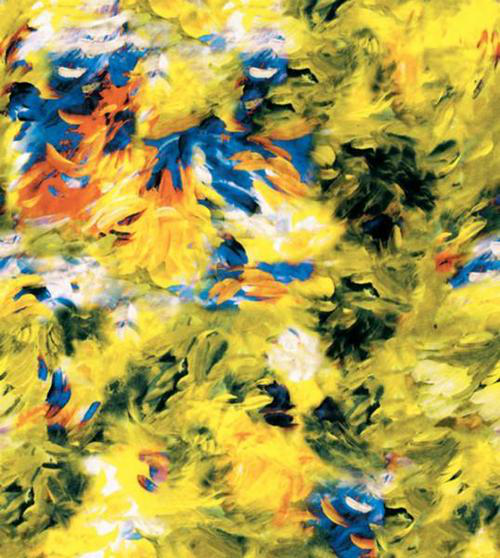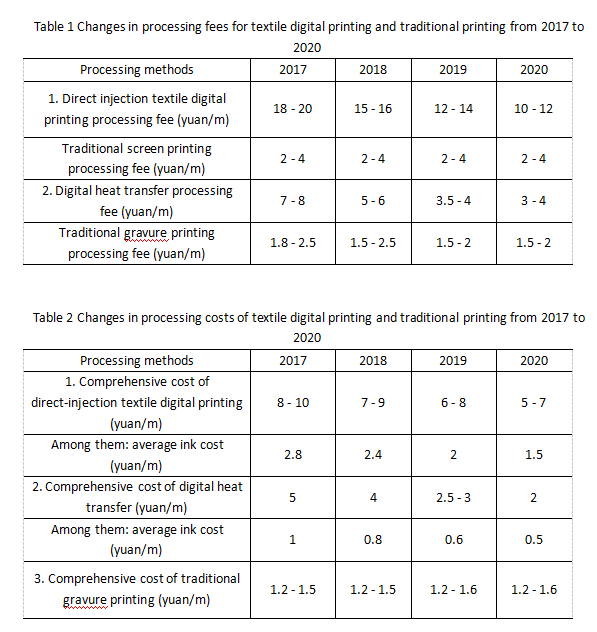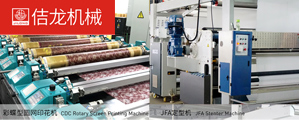Responsibility and changes in the textile digital printing industry
Jul 30, 2020 | by Zhao xh

In recent years, as environmental protection requirements continue to increase, labor costs increase, and market demand changes, more and more printing companies have begun to transform into the digital printing industry. At the beginning of 2020, the sudden COVID-19 pandemic caused a decline in consumer demand for textiles and clothing, blocked exports, and a backlog of inventory, which greatly affected the production and operation of textile printing enterprises. The pandemic has accelerated the transformation of the traditional dyeing and printing industry to digital, intelligent, and green directions, and has brought new development opportunities for the digital printing industry.
1. The pandemic promotes awareness of digital production
The textile digital printing equipment has realized the automated control process, helping to alleviate the problem of resumption of work and production caused by the shortage of personnel during the pandemic. The pandemic has raised the awareness of digital production of traditional printing companies and accelerated the digital transformation of the dyeing and printing industry.
2 Changes in production and business models
During the pandemic, residents were forced by the pandemic to adapt to digital work and life, and business models also undergo profound changes, which promoted the dyeing and printing industry to accelerate product and market structure adjustments. Consumer demand guided by “individualization and rapid change” continues to expand.
3 Continuous release of policy dividends
Driven by Made in China 2025, the government has introduced a series of policies and measures on smart manufacturing. Major textile provinces such as Zhejiang, Jiangsu, Guangdong and Shandong vigorously promote intelligent production in the textile and garment industry, and textile textile digital printing is one of the important areas. The issue of localization of inkjet print heads is expected to be included in the national “14th Five-Year Plan” scientific research and technological transformation project. The realization of localization of inkjet print heads will greatly promote the popularization of digital printing technology.
Textile digital printing has broad development prospects
At present, the dyeing and printing industry is in a critical period of industrial transformation and technological upgrading. As a new type of printing technology, textile digital printing has advanced production principles and implementation methods, and has three characteristics of technology, fashion and green. Since 2017, the proportion of European textile digital printing output in its total output of printed fabrics has been increasing year by year, and currently accounts for more than 80%. The output of textile digital printing in China has increased from 1.1 billion meters in 2017 to 1.9 billion meters in 2019, and the proportion has increased from 7% to 11%. China’s textile digital printing industry still has a lot of room for development.
With the technological advancement of digital printing equipment, the improvement of production efficiency, the cost of textile digital printing in China has been continuously reduced, and the processing fee has been reduced. Compared with traditional printing, it has shown more competitiveness. Since 2017, the processing fee and processing cost changes of textile digital printing and traditional printing are shown in Table 1 and Table 2.


With the further expansion of the textile digital printing market, the application range of textile digital printing products continues to expand, product categories are more abundant, and costs and processing fees continue to decrease. The textile digital printing industry will have a greater competitive advantage and help the high-quality development of the dyeing and printing industry.
Source: China Dyeing and Printing Association








